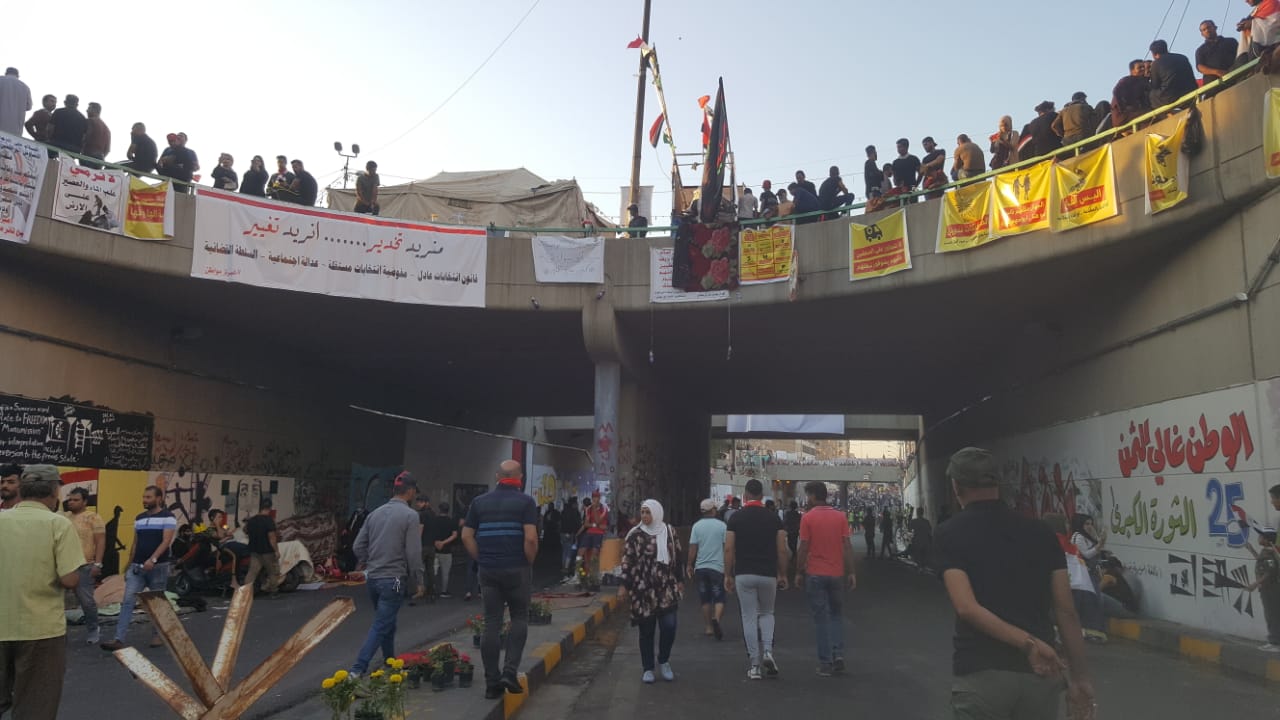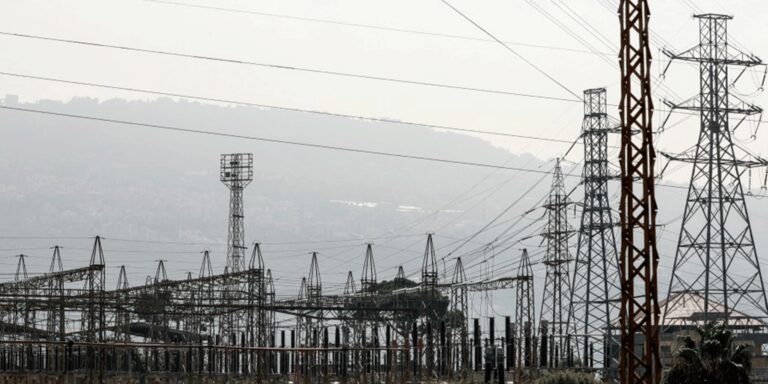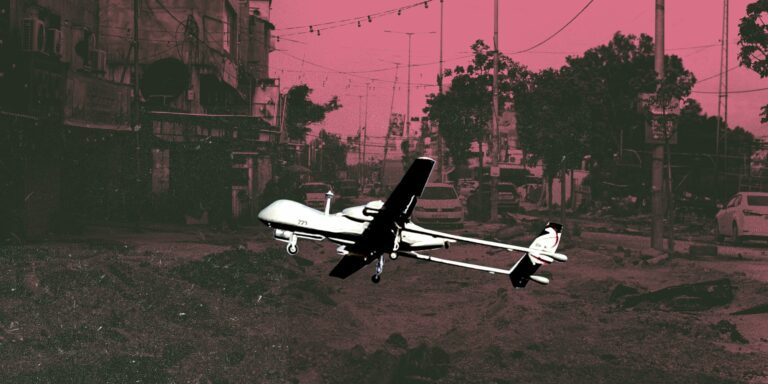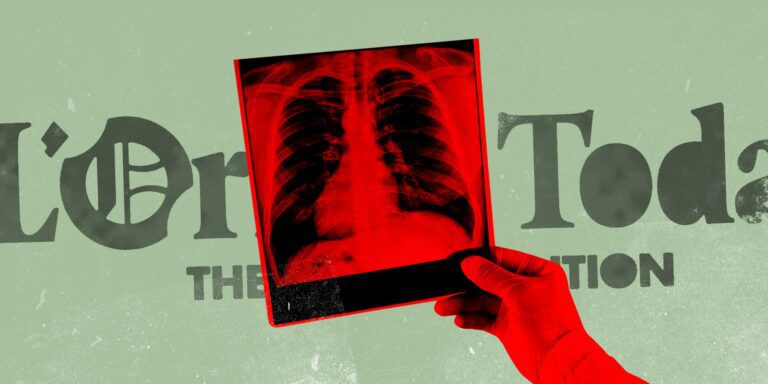
I met Safaa Sarai about five years ago when I first started out as a journalist. I asked him to accompany me to the military equipment market at the Eastern Gate, where it is difficult for a woman to sneak in. Afterward, Safaa took me to the antique vendors on the square and asked me to buy a pretty headband for his sweetheart. Thanwa’s son, whose portrait is now hoisted at the entrance of the tunnel that links Sinak to Baghdad, was covered in worn-out clothes and had few other possessions than a B.A. in biology and … a sincere heart. He was too poor to afford that headband. Because he helped me out, I was happy to buy it for him.
In an ideal world, Safaa’s B.A would have granted him a job with a decent salary at the Ministry of Health. But in reality, what he had always termed as “the world’s injustice” drove him to hustle outside courts and other governmental institutions, working as an unofficial “scribe,” helping people to write petitions, fill out applications, and follow up on them.
Thanwa, Safaa’s mother, passed away a little before the October events, and after a long struggle with cancer. Safaa’s Facebook posts chronicled his mother’s patience with the pain, and his deep love for her. Once, he wrote about the day his mother woke up to find that he had stayed home and did not go to work: “Thanwa, bedridden with 5 different types of cancer, braved her pain and got out of bed to make me breakfast.” Not even cancer can deter an Iraqi mother from feeding her son in the morning.


‘No one loves Iraq as I do’
Those were Safaa’s words, his answer to our cynical question of what makes him go to every demonstration and stand in its front rows when the situation is so hopeless and politicians are already dividing up the Iraqi cake among themselves. Such a question never did anything to quell his rebellious soul. In his Iraqi dialect, he reiterated, ‘No one loves Iraq as I do’. His friend Bahaa says, “Safaa never missed a protest against the government since 2003. He never sought money or power, or even a government job. He was only longing for a homeland, and before he left us at the beginning of October, he had found it in the eyes of rebels who, like him, wanted nothing other than a homeland, an identity to be proud of. “
Pacifists
In the Sinak tunnel, Raghad stood against the wall, between two painted wings, as if she was trying to fly but could not. “With colors, lines, and sarcasm, we hide our tears. With the blood of our brothers, sons, and friends, we paint smiles on these walls… this is how peaceful we are.”
Muhammad and his friends just put the last touches on a wall painting: “Safaa Sarai was not the only one who set down the story of the October revolution with his blood. A sonic bomb fired by the riot police hit Safaa in the head and killed him. Despite the government’s claims that this revolution is violent, and funded by foreign or neighboring countries, our wall paintings are a witness to the fact that we, the sons of this country, are the ones who sparked the revolution. Every story we paint shows that we are peaceful and that the government is the culprit. All our paintings prove that the hungry ones are the leaders of this revolution.”


The United Nations
“A painting showing a bullet directed at a child’s head next to the logo of the United Nations, and another depicting a bird perched on a tear bomb next to a written call to “Stop Killing.” Young Kuhail says this was the rebels’ way of calling for the UN to intervene: “The UN had claimed that it could not interfere unless the demonstrators demanded so. With this painting, we made it clear that they needed to interfere. It is the largest drawing in Tahrir Square. Even an ant crossing the tunnel could see it. These images strips the UN of its argument. And until this very day, they have not yet intervened in a palpable way.”
Documenting the Iraqi revolution
On the way from Sadoun statue to the Eastern Gate, there is a tunnel that takes you to an old Baghdadi neighborhood called “Sinak”. This tunnel is no longer a mere passageway for cars. It has become a giant stone-book, a register of names and pictures. On its walls, people write tales of misery, or lament their fate, or try to awaken consciences that are probably dead. On both sides of the tunnel, separated by roadside flowers, passersby will be able to read the whole truth. Even the facts which some tried to conceal, the revolutionaries wrote them in beautiful colors. The revolution is taking place in the fall, but the protesters are using spring colors to chronicle its unfolding.
Documenting the revolution with lines and colors is far from being a whimsical idea. “This generation,” says Mo’en, “does not make its moves haphazardly. Everything we do is carefully planned out. Words on a page are erased, books destroyed. Facts about the peacefulness of our rebellion may be obscured. But these colors reflect the purity of our souls. They speak on our behalf. They are proof enough that we are pacifists. Even if the government decides to assassinate our revolution tomorrow, we will have left these colors and letters behind, and art and culture. That is enough guarantee against the shackles that cannot be easily broken. We are just the beginning. What is yet to come is much bigger.”
Safaa, Nour, Mustafa, Ali, Omar and others were all in their early twenties when they got killed by bullets and bombs. They had spent their lives on the margin, but their death gave them eternity in the hearts of their compatriots. Ansam says, “This revolution eternalized people who had hitherto been socially rejected for the mere reason that they were poor and overcome by hunger. Now, they are the leaders of a whole nation on its path to become worthy of that name. Safaa Sarai’s story will not be the last. Safaa survives in many like him whose only fault is that they want a homeland.”






